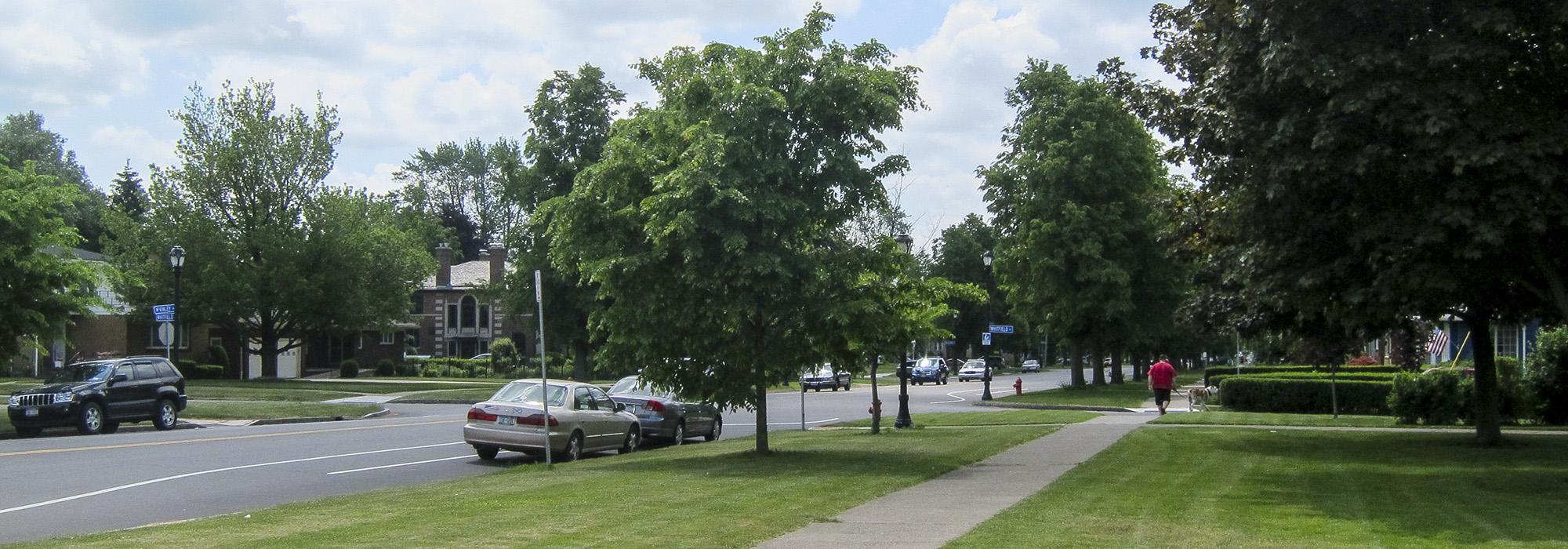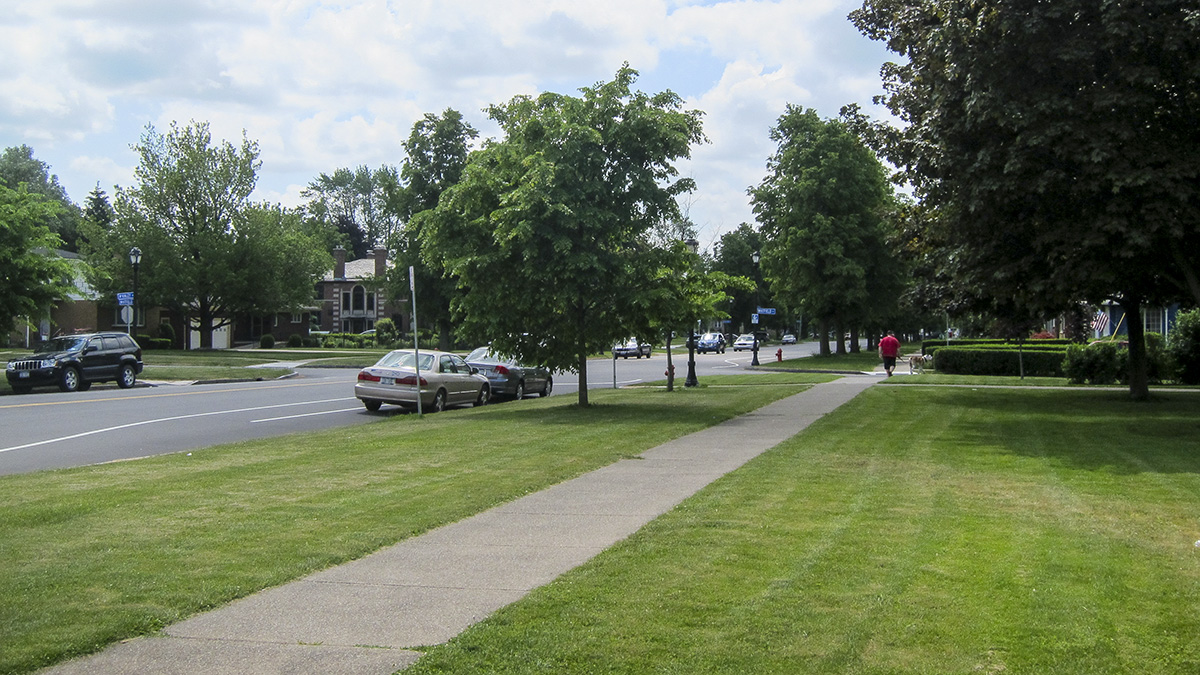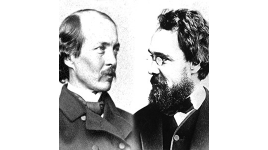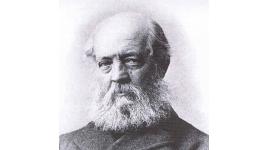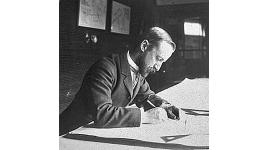Landscape Information
Part of the second phase of the Buffalo Park and Parkway System, this parkway, designed between 1892 and 1896 by Olmsted, Olmsted & Eliot, connects Cazenovia Park to McClellan Circle, where it meets McKinley Parkway. While not as wide or densely planted as the earlier Olmsted boulevards in Buffalo, Red Jacket and McKinley Parkways were designed to perform the same function as their northern counterparts: providing a pleasant passage through the street grid along well-shaded residential corridors.
The parkway is named for the great orator of the Seneca Tribe of Iroquois, Chief Sagoyewatha (1750-1830). Known to European Americans as Red Jacket, he lived on the Buffalo Creek Reservation, dissolved by treaty in 1842, upon which most of South Buffalo was built.
A short spur in comparison to other parkways in the system, Red Jacket runs some 1,500 feet east from McClellan Circle to Cazenovia Park. The right-of-way is 100 feet wide, comprising a two-lane road flanked by bicycle lanes and lined by generous verges planted with rows of shade trees. The original road verge for half of the north side of the parkway is paved over as it passes Mount Mercy Academy and the Sisters of Mercy complex. As elsewhere in the Olmsted parkway system, ornate lampposts were installed between 1997 and 2003. The parkway is bounded by a variety of trees including white ash and hackberry. The parkway is a contributing feature of the Olmsted parks and parkways listed in the National Register of Historic Places in 1982. In 2004 the maintenance and operation of the park system was ceded to the Buffalo Olmsted Parks Conservancy.



